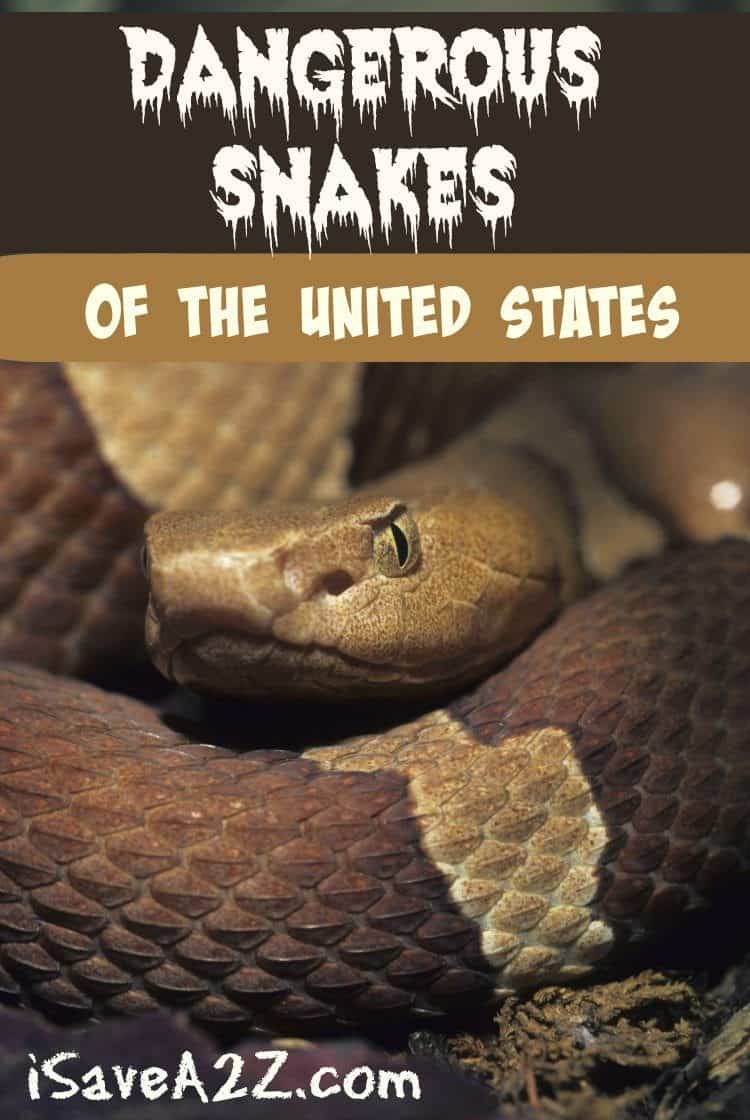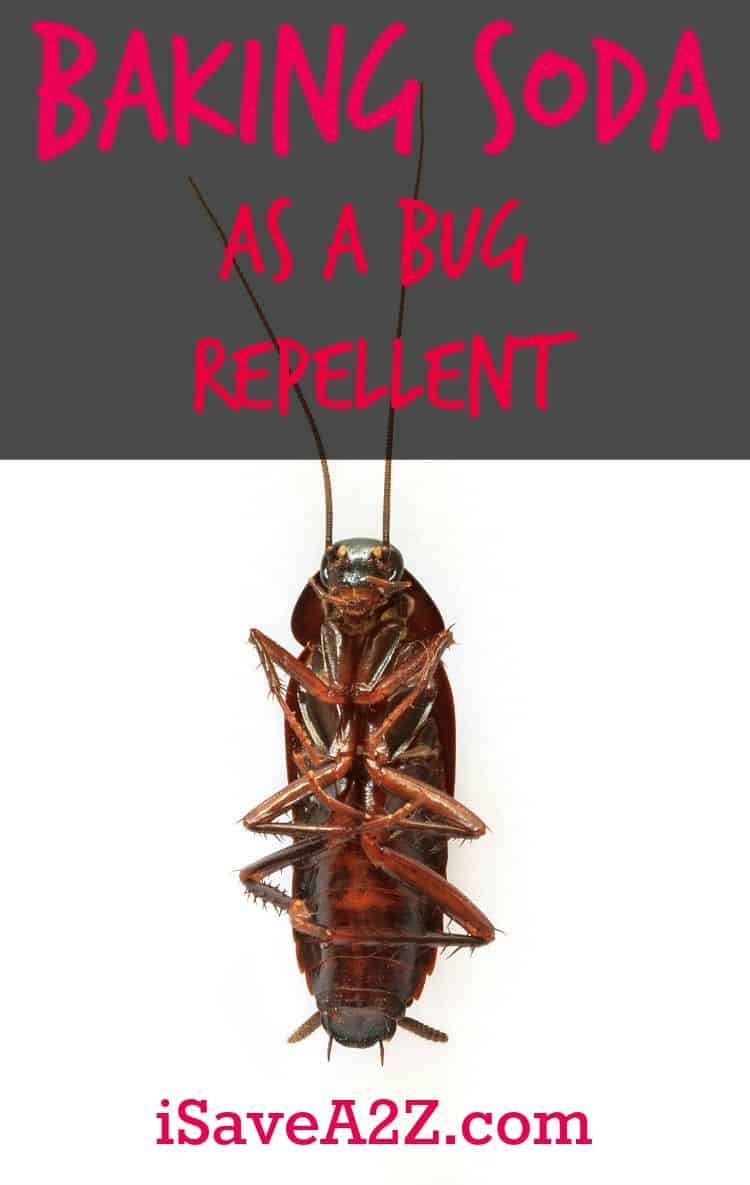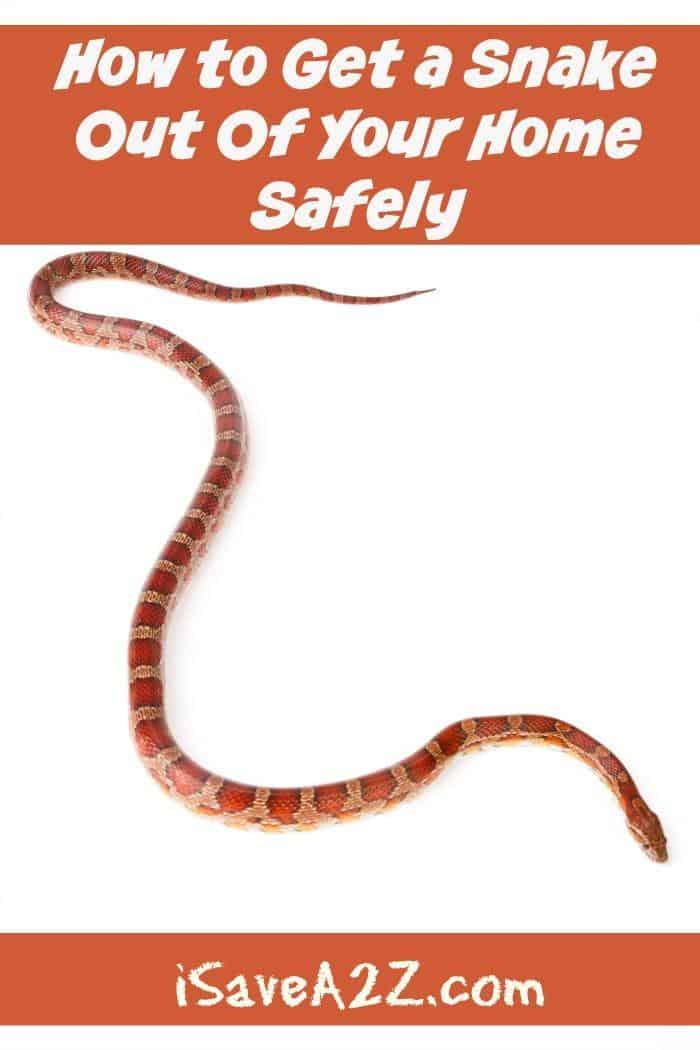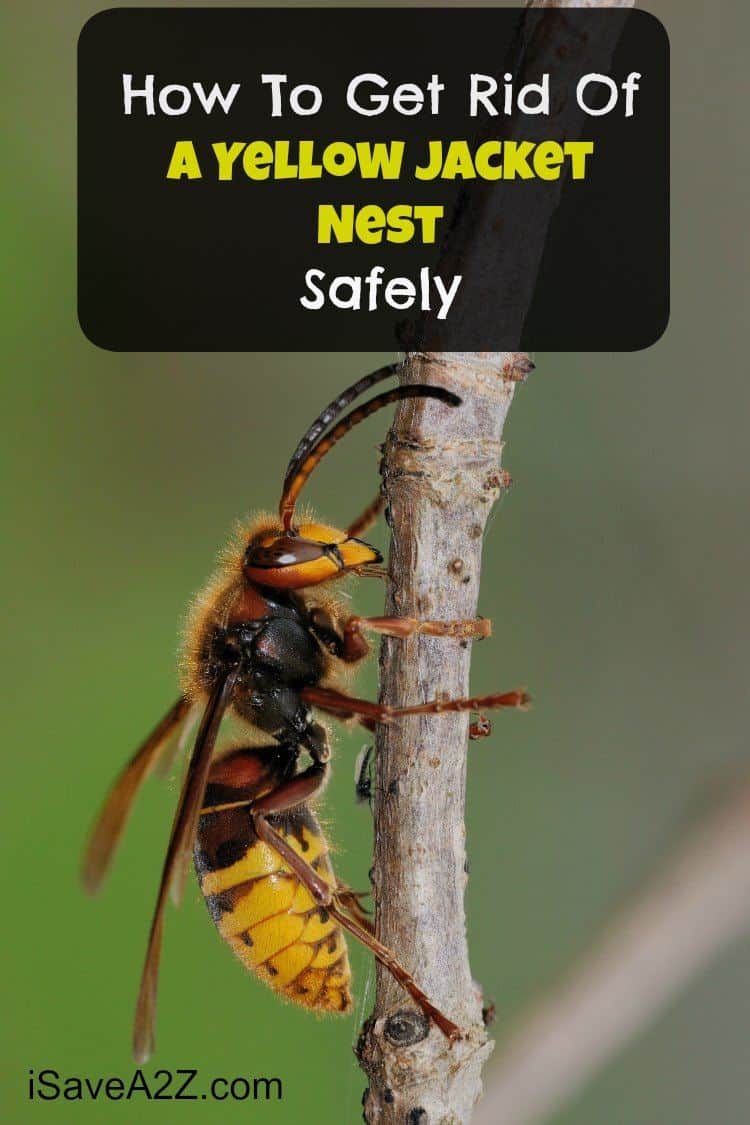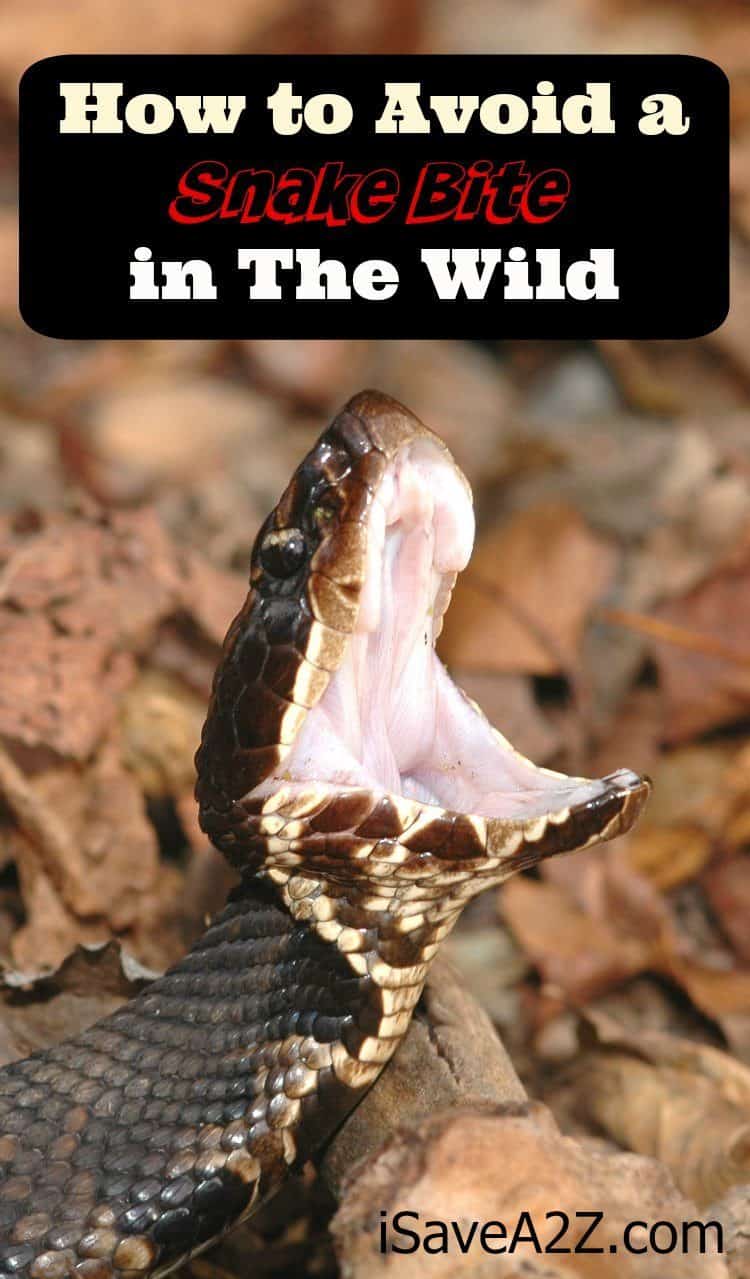Dangerous Snakes of the United States
Dangerous Snakes of the United States
Most areas of the United States are home to at least one or two different species of dangerous snakes and some areas are loaded with many more. Snakes are particular about where they live and some are more widespread than others. In general, there are four major families of venomous snakes found here including the rattlesnake family, copperheads, cottonmouths and coral snakes. In addition, there are now large pythons to be concerned with in some areas that were introduced via the exotic pet trade and have now begun to breed in the wild in Florida. Here is a look at each group:
The Pit Vipers
Pit vipers are the most commonly encountered family of venomous snakes in our country and they are identified by several key characteristics. One of the primary characteristics is the pit sensor that is located just between the snout and the eye of the snake. This hole allows the snake to hunt prey and see it in “heat vision” quite accurately. Even a blind snake can hunt and follow prey with this pit. Vertical pupils, triangular shaped heads and two long front hinged fangs are other characteristics. Here is a look at the three major pit viper families in the United States:
The Cottonmouth
A heavy bodied snake, the cottonmouth is rumored to have a nasty disposition. This snake has been known to hold it’s ground and fight rather than run when it is cornered. It often will open it’s mouth in a threatening gesture showing his white (cotton) interior and fangs. If you are close enough to this snake that you are seeing it’s white mouth, you should probably get back a bit. On average they are around four feet but can deliver a very dangerous bite. They are commonly found in and around water sources.
The Copperhead
The copperhead (pictured above) is a slender, smaller snake that is the cause of most venomous snakebites in the United States. Fortunately, their venom is not quite as potent as their fellow venomous snakes. Despite this, the bite can still be very serious and should be treated as a medical emergency. The copperhead is a master of camouflage and can easily disappear into the foliage around it. This causes many people to step on it before they even know it is there. They are about four feet in length on average.
Rattlesnakes
These are the most varied of the pit vipers with many different species found in the United States and abroad. They range wildly in size and even in venom from the pygmy rattlesnake (around a foot or two) up to the eastern diamondback rattlesnake which can grow up to a behemoth eight feet. These guys can be extremely dangerous and are notable for having a rattle on the end of the tail that they use as a warning system. Unfortunately, rattlesnakes do not always rattle before striking so you can’t always depend on that. Also, some rattlesnakes will be missing their rattle due to predation or fighting. Rattlesnakes are certainly capable of delivering deadly bites. The Western Diamondback rattlesnake is actually responsible for the majority of serious bites in America.
The Elapid – coral snake
There is only one elapid and it is the coral snakes of the United States. These are highly colorful snakes that largely resemble the king snakes found here. The problem is, coral snakes are highly venomous and king snakes are largely harmless. There are several rhymes that are supposed solutions to telling them apart, but the truth is they don’t always work. Sometimes the colors are muted or there is a problem with identification. Bottom line, if you see a two to three foot snake that is ringed with yellow, black and red colors, move away.
The Constrictors/Exotic Snakes
Although they are very limited, the constrictors are worth a mention here. Boa constrictors, reticulated pythons, african rock pythons and countless other large breed snakes are beginning to take serious hold in Florida and are prevalent enough now to be considered residents. There are countless reports of pets going missing and these snakes are regularly captured. Weighing in at several hundred pounds and growing to a length of sometimes 15 feet or more, these snakes are a new danger to the United States.
Other venomous species are also brought into the country on a regular basis such as cobras, mambas and the like. They are brought in for zoos and the illegal pet trade to name a few ways. These snakes could theoretically be released into the wild and take hold like the pythons, but they are not endemic to the area. Still, it helps to know about them and what to watch out for.
If you’re looking for some more survival tips, check out this ultimate survival guide! Keep yourself save too, and get ready an emergency plan for your family!

